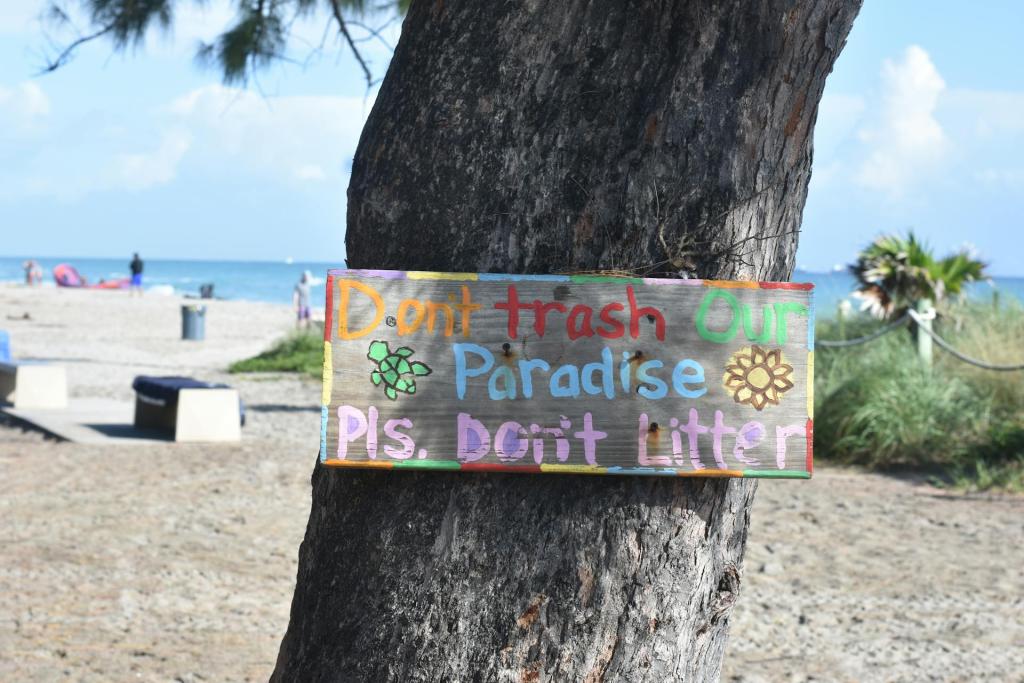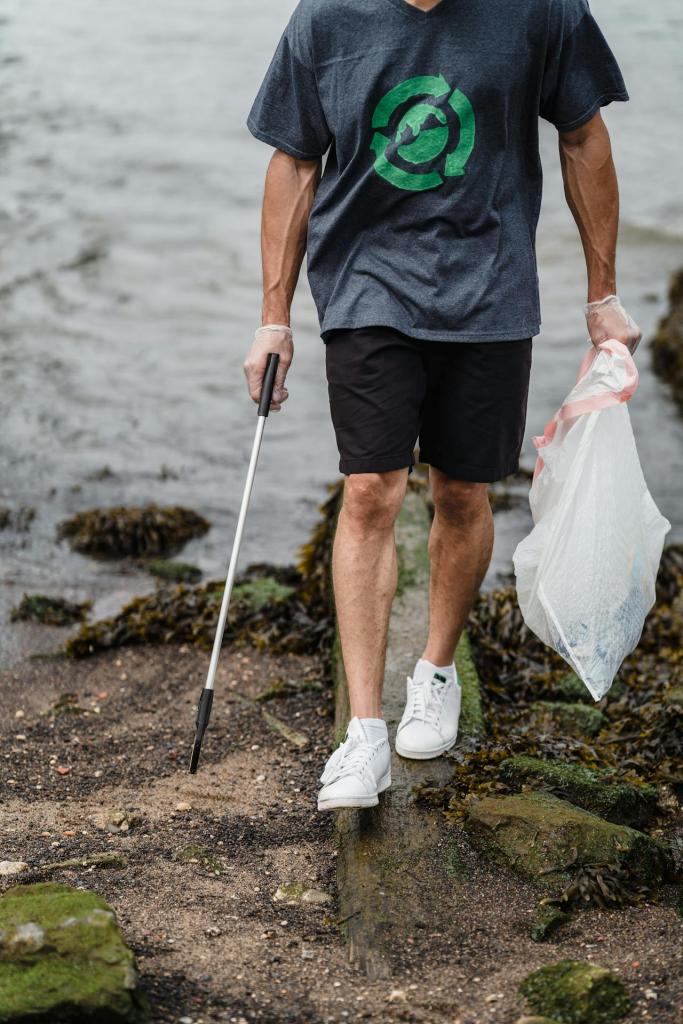
As a homeowner, one of the most desirable real estate investments you can make is in a beachfront property. Homes on the ocean make excellent retirement or vacation destinations due to their stunning locations and natural beauty. However, they also present unique challenges when it comes to sharing the coastline with endangered or protected species of animals.
Here’s what you need to know about wildlife regulations and how the Endangered Species Act could affect your private stretch of shore.
Restrictions on Construction and Lighting

If your property is located in a habitat for protected species, such as sea turtles or nesting shorebirds, any new construction may be subject to limitations. Before starting a project, it’s crucial to check with your local building and zoning office to understand the specific restrictions.
Some factors that will be considered before a permit is issued are:
- The project’s proximity to sand dunes and the high-tide line.
- Potential impact on sea turtle nesting sites.
- Whether the project requires clearing native coastal vegetation.
- How construction will alter the natural landscape.
Even if you’re purchasing an existing home, you could face restrictions on building an addition, pool, or private dune walkover. Many coastal communities also have strict “lights out” ordinances during sea turtle nesting season, requiring you to shield or turn off lights that face the ocean after dark. These rules may also apply if you have to rebuild after a hurricane or other natural disaster.
Please note that severe fines and penalties apply for disturbing the natural habitat of endangered species. Always obtain the proper permits before beginning any construction.
Pesticides and Chemicals Best Practices
Runoff from your property flows directly into the ocean. Because of this, the use of certain chemical-based fertilizers and pesticides may be restricted. You could be prohibited from spraying for weeds near the dunes or using certain chemicals in your landscaping. To protect the fragile marine ecosystem, opt for natural, ocean-friendly gardening methods and dispose of all household chemicals safely, keeping them far from the shoreline.
Beach, Boating, and Fishing Regulations

The waters in front of your home might be part of a protected marine sanctuary or estuary. This can lead to restrictions on boating and fishing in your area. Some common rules include:
- “No-Wake Zones” to protect manatees and other marine life.
- Limits on the number and size of fish you can catch.
- “Catch and release” requirements for certain species.
- Prohibitions on specific equipment, such as fishing nets.
Additionally, activities on the sand itself may be regulated. You might be required to remove beach furniture and other items from the beach at night during nesting season. Your local department of fish and wildlife can provide details on any restrictions that apply to your shoreline.
Involvement of Environmental Groups

It’s common for environmental groups and volunteers to create “buffer zones” along the shore to serve as habitats, control erosion, and protect the dunes. These groups might perform tasks like:
- Planting sea oats and other native vegetation.
- Removing invasive plant species.
- Marking and monitoring sea turtle nests.
- Roping off areas for nesting shorebirds.
- Organizing beach cleanups.
Occasionally, conservation workers may need to access the portion of your property nearest to the water to complete these tasks. This typically happens only a few times a year, and you will usually receive advance notice.
Restricted Access Can Be a Benefit

Areas with high populations of endangered species often have limited public access during certain times of the year. While this might mean a portion of your beach is temporarily roped off, it also serves as an advantage. These protected zones create a safe haven for wildlife to thrive and often result in less foot traffic and greater privacy for you and your family.
Buying a beachfront property can be an incredible investment, even in an area known for its protected wildlife. By understanding the measures in place to protect these species, you can enjoy your piece of paradise to the fullest while being a responsible steward of the coastline.

